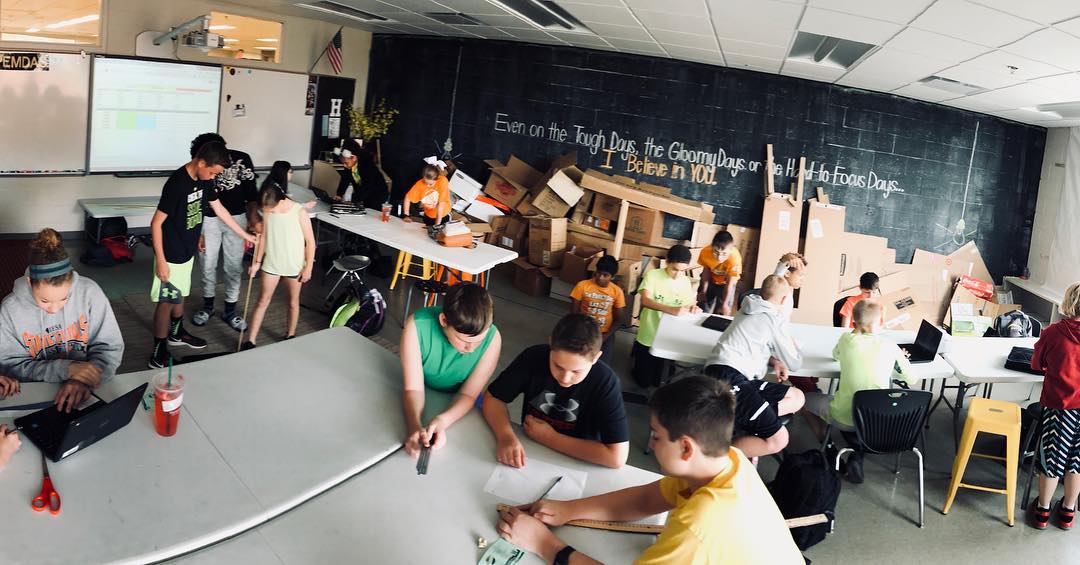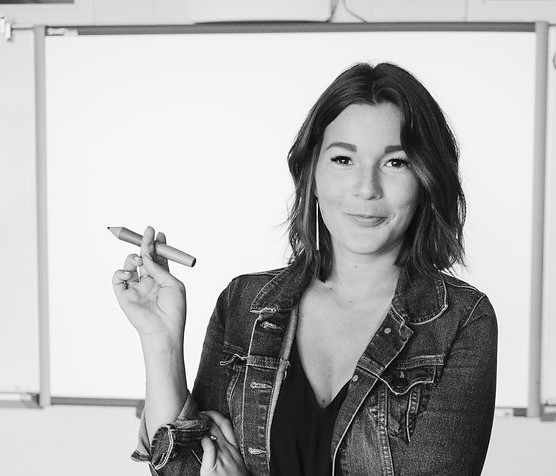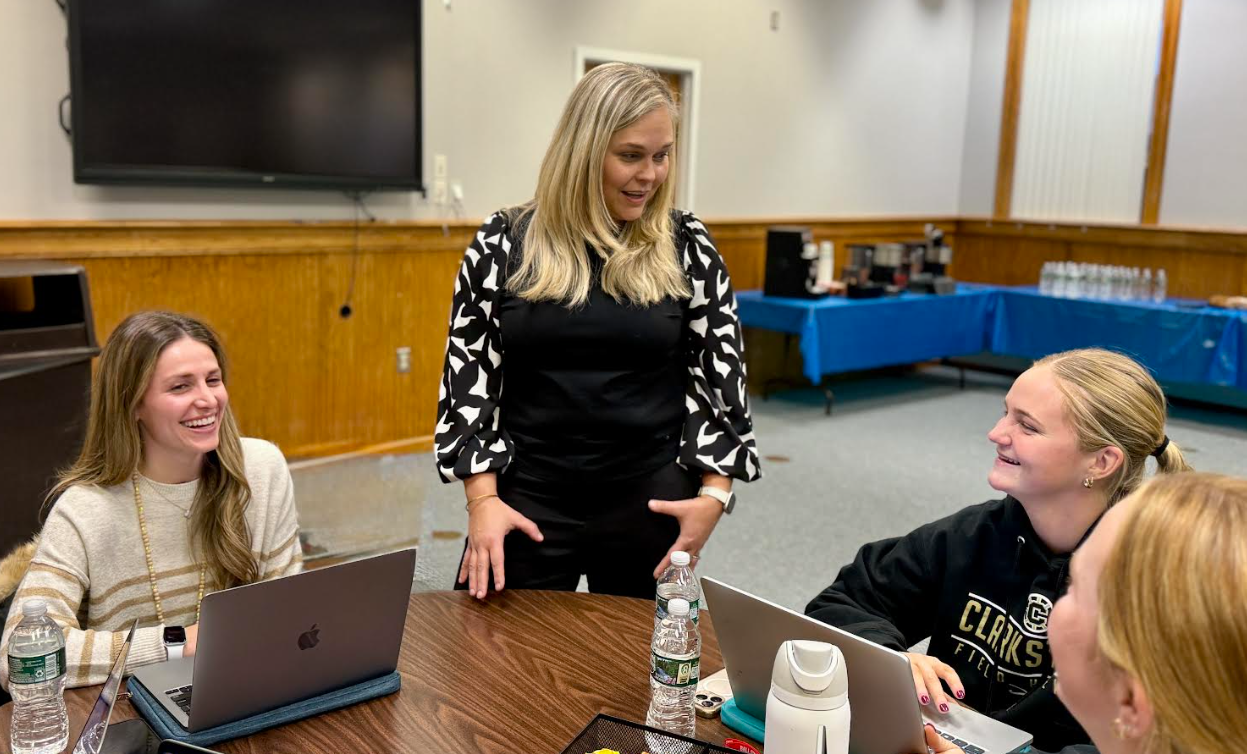Three Keys to Personalizing Learning
One educator explains how she makes it work.

How do you reach all of your students?
Personalized learning continues to be a frequently discussed topic in the world of education. With ever-rising class sizes and teachers racing against the clock to get through curriculum each school year, the idea of personalizing a student’s pathway, while attractive, is often viewed with scepticism.
In my sixth-grade math classroom, I have the opportunity to work with about 150 students a day. How can teachers focus on getting students what they need, when they need it, if it feels like their classrooms are filled with a never-ending assembly line of students?
When I was studying to become an educator, I learned all about these “new” and “progressive” techniques to reach all students. Ideas such as mastery learning, standards-based grading, individualized conferencing, and student reflection and goal setting echoed up and down the halls of the university. But it seemed that only schools that met certain criteria—with supportive administration, flexible scheduling, collaborative colleagues, small class sizes, and so on—could implement these ideas. If I didn’t end up in the “perfect” school, would these data-supported best practices not be accessible to my students? The reality is, if we’re basing our best practice techniques on only working in the most ideal setting, are we basing our students’ potential success on a flawed schema?
There is a way to reach all students and get them the support they need to succeed and master content standards. All that’s needed is a framework.
Let’s explore the top three things necessary to master personalized learning:
Student Ownership
Students who feel ownership in their learning journey are more likely to stay engaged and focus on their personal growth. The two easiest ways to build student ownership are through incorporating student choice and targeting teacher-student feedback.
Tools and ideas to transform education. Sign up below.
Student choice can take many forms. Often student choice involves learners identifying the medium in which they wish to prove mastery—for example, writing a paper or creating a presentation. Challenge yourself to offer choice in your classroom in additional ways as well. These may include seating, learning pathways, practice opportunities, or independent or collaborative spaces.
Educators can easily build student ownership into their classrooms by changing the language they use throughout the learning experience. For example, a teacher might ask students: “Do you feel prepared to prove your understanding on this target? I have a formative assessment ready for you.” Or the teacher could say: “You are going to take this formative assessment today.” In both instances, the student will complete the quick formative assessment to evaluate their understanding. However, the first teacher allows students to reflect and make an active choice about their readiness for the evaluation. This small change allows a student to explain if he or she doesn’t feel prepared while also putting ownership for the student’s next steps in their hands.
Educators can also encourage students to advocate for themselves. In my classroom, students pace themselves. They complete formative assessments when they feel they’re ready and conference individually or in small groups to evaluate their understanding. After the formative assessment is turned in, students update what we call a Tracking Page to advocate for their needs. This is a living document that tracks student success throughout their learning. Colors are used to communicate students’ next steps and progression toward mastery.
This ownership shift makes an impact on a learner’s development and also sets a culture for a personalized classroom.
Student Goal Setting & Reflecting
Personalized learning allows students to gain the support they need, when they need it, to master content. Daily goal setting and reflection, therefore, make personalized learning much more effective. Through this five-minute process, students evaluate their work session while also documenting their progress towards understanding the content.
Consider having students answer the following questions as they move throughout their learning each day:
- What did you work on today?
- How did your work session go?
- What went well today and what could have gone better?
- Did you fully understand the information you focused on today?
- New goal: what, when, and how?
- Why is this a strong goal?
- Who can help you accomplish this goal?
This purposeful moment of reflection can be completed in a variety of ways and is another opportunity to offer students choice. Using a tech tool like SeeSaw, students can choose a different medium of reflection daily. SeeSaw offers video recording, typing, painting, and more.
Student Scaffolded Pathway
A specific learning pathway for a student must be more deeply developed than a checklist. Therefore, using best-practice techniques, like scaffolding information using Webb’s DOK, should be an intentional component of your personalized student pathway planning.
Consider using scaffolded targets—allowing students to begin by identifying components of the content. Then they can work toward using their understanding of the information to create and design new elements.
Conclusion
Each one of these elements is essential for a personalized approach. However, as with anything in education, a few other nuts and bolts are necessary to get your airplane flying without complication. One of my favorite personalized learning mastery frameworks, one I use in my classroom every day, is called The Grid Method. This framework is not just content driven—allowing teachers to take any curriculum and scaffold it using Webb’s DOK—but it also approaches the implementation element as well (I like to call this the triage system).
My classroom was transformed four years ago when I finally took the leap toward a more mastery-focused, student-driven classroom. Was it a challenge? Sure. But isn’t everything worth doing a challenge at first?
Don’t let fear end your exploration. Solutions exist, and you’re capable of reaching all of your learners. You just need a framework.

